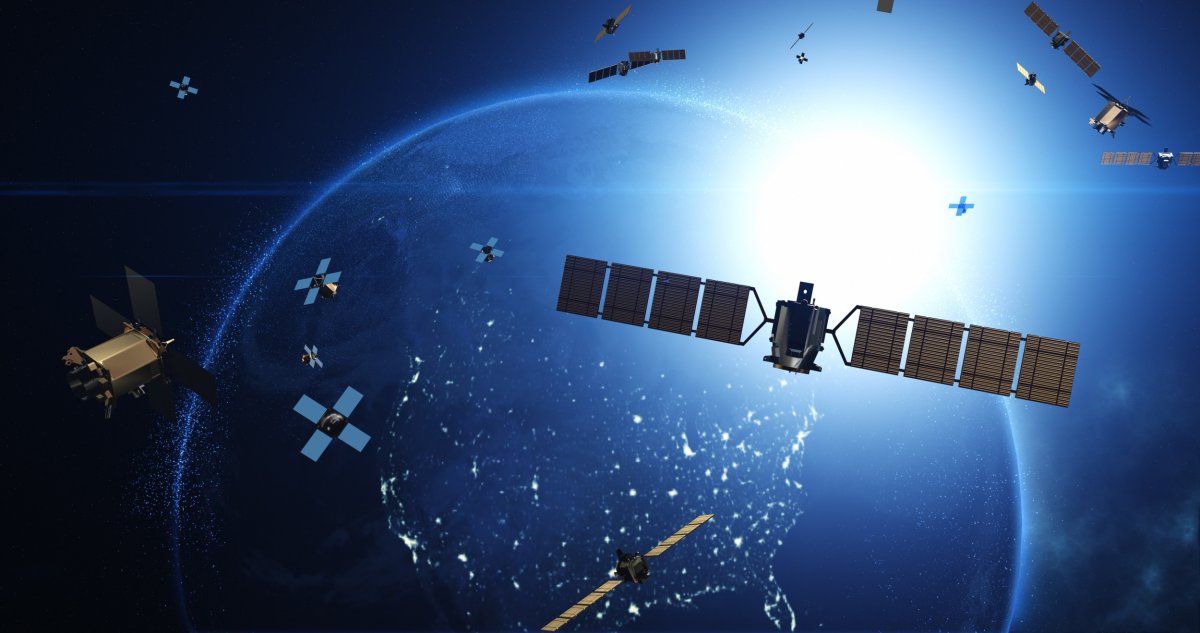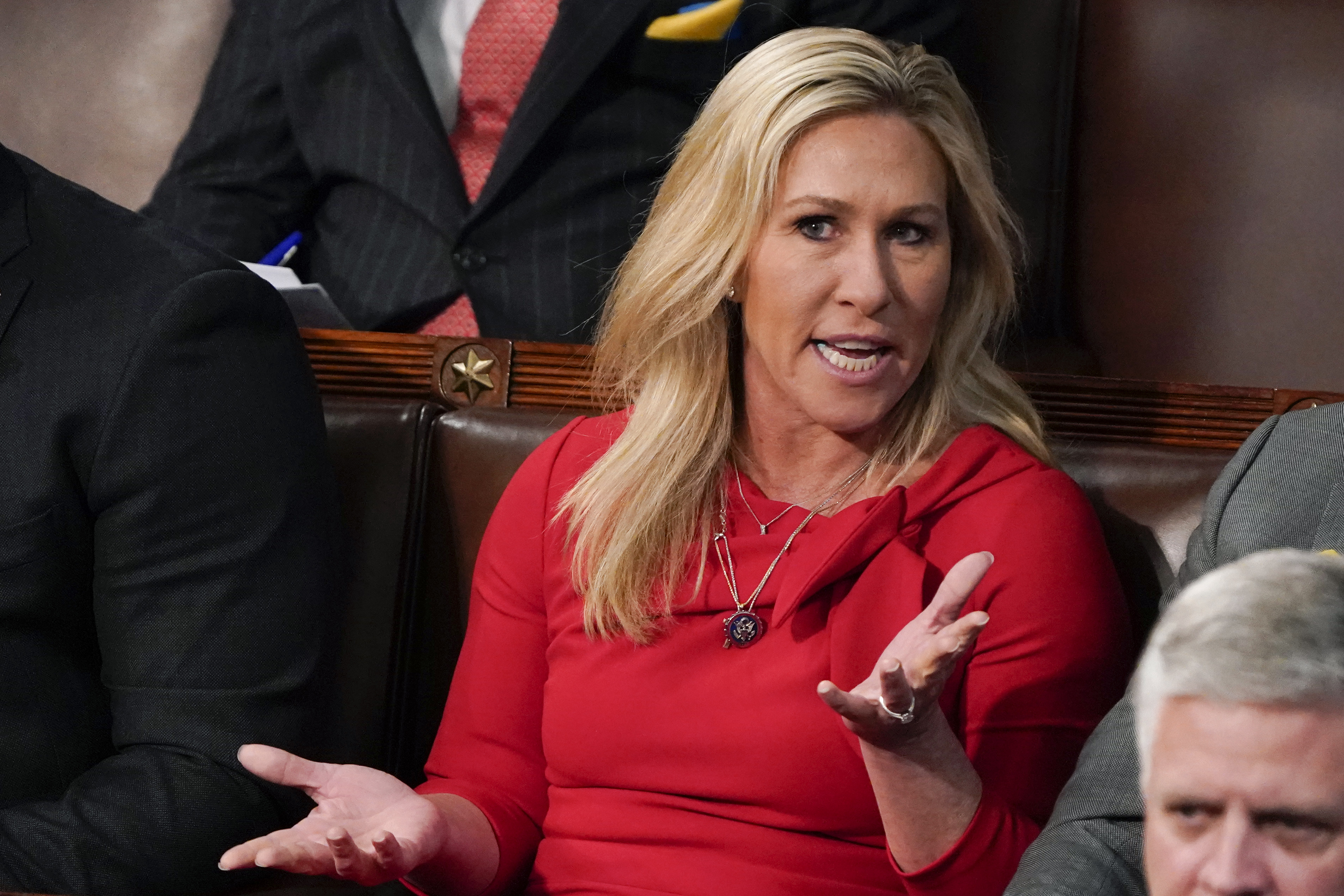A near-miss between a NASA spacecraft and a dead Russian satellite in February was even closer than scientists first thought.
The defunct Russian spy satellite Cosmos 2221 zipped past NASA's TIMED craft at an uncomfortably close distance on February 28, narrowly avoiding a collision.
The two were initially thought to have been about 65 feet apart, but further investigations have found that they may have been only about 33 feet apart.
"We recently learned through analysis that the pass ended up being less than 10 meters [33 feet] apart — within the hard-body parameters of both satellites," Pam Melroy, the NASA Deputy Administrator, said during a presentation at the 39th Space Symposium in Colorado Springs on April 9. "It was very shocking personally, and also for all of us at NASA."
"Had the two satellites collided, we would have seen significant debris generation — tiny shards traveling tens of thousands of miles an hour, waiting to puncture a hole in another spacecraft, potentially putting human lives at risk," Melroy said.

Earth's orbit is full of debris, ranging in size from dead satellites and rocket stages to minuscule shards of shrapnel from past collisions, all traveling at immense speeds. According to the European Space Agency (ESA), there are 130 million pieces of space debris that measure between 1 mm and 1 cm across, with a further million between 1 cm and 10 cm, and over 35,000 larger than 10 cm.
The number of satellites in orbit around the Earth has increased dramatically over the last few decades. Approximately 11,500 satellites are orbiting Earth right now, with 9,000 of these still being operational, according to the ESA. Notably, over half of these active satellites belong to SpaceX's Starlink broadband network, which includes nearly 5,800 satellites and continues to expand.
"As the space around Earth has become more heavily used and congested and space junk has continued to increase, there is a growing concern about damage caused both in space and on the ground from the debris. Even small pieces of space debris, because they are moving upwards of 18,000 mph, can cause significant damage to satellites and spacecraft," Wendy N. Whitman Cobb, a professor of strategy and security studies at Air University, told Newsweek.
This has already started to happen, as in 2021 a chunk of space junk slammed into Chinese military satellite Yunhai 1-02. The same year, astronauts on the ISS found a hole in a robotic arm created by a fast-moving chunk of debris.
There is concern that if space debris keeps accumulating, it could lead to what's known as Kessler syndrome. This scenario involves a run-away chain reaction starting with one piece of debris colliding with a satellite or spacecraft, leading to its destruction and the subsequent creation of more debris, causing further collisions and destruction.

NASA hopes to help mitigate the growing issue of space junk and has already been reducing the amount of debris left by rocket launches. Now, they want to push for a "space sustainability strategy."
"Space is busy – and only getting busier. If we want to make sure that critical parts of space are preserved so that our children and grandchildren can continue to use them for the benefit of humanity, the time to act is now. NASA is making sure that we're aligning our resources to support sustainable activity for us and for all," Melroy said in a statement.
Do you have a tip on a science story that Newsweek should be covering? Do you have a question about space junk? Let us know via science@newsweek.com.
Uncommon Knowledge
Newsweek is committed to challenging conventional wisdom and finding connections in the search for common ground.
Newsweek is committed to challenging conventional wisdom and finding connections in the search for common ground.
About the writer
Jess Thomson is a Newsweek Science Reporter based in London UK. Her focus is reporting on science, technology and healthcare. ... Read more
To read how Newsweek uses AI as a newsroom tool, Click here.








